Convict Sydney
From a struggling convict encampment to a thriving Pacific seaport, a city takes shape
The Hyde Park Barracks once stood at the heart of a sprawling network of convict sites and systems.
Its impact as an agent of colonial change and the transformation of Aboriginal Australia is still felt today.
When it opened in 1819, its purpose was clear and simple - to sleep, feed and control upwards of 600 male convicts. It soon took on a more pivotal role. From 1830, officials working at the barracks administered what at that time was the world’s most elaborate and ambitious program of convict labour and punishment. A decade later as the tide of public opinion turned, convict transportation ended. The barracks, now obsolete, assumed another role - the grim reminder of a shameful past.
By 1848, when Hyde Park Barracks ceased operating as dormitory wards and offices, an estimated 50,000 convicts had passed through its entrance gates. Yet the experience of being a convict, like the character of Convict Sydney, altered dramatically over time. As the frontier moved outwards from the original camp on Sydney Cove - sweeping violently across Aboriginal country and reordering the landscape with towns, roads, farms and European settlers - the place and predicament of convicts in colonial life also changed.
This website tells the story of Convict Sydney in five parts. It explains how the colony ‘saw’ its convicts and wove them into its social and economic fabric. It also shows how the growing colony, with its dual emphasis on productivity and punishment, shaped and reshaped the convict experience.
How Sydney saw its convicts
Production vs. punishment
Part 1: 1788–1815
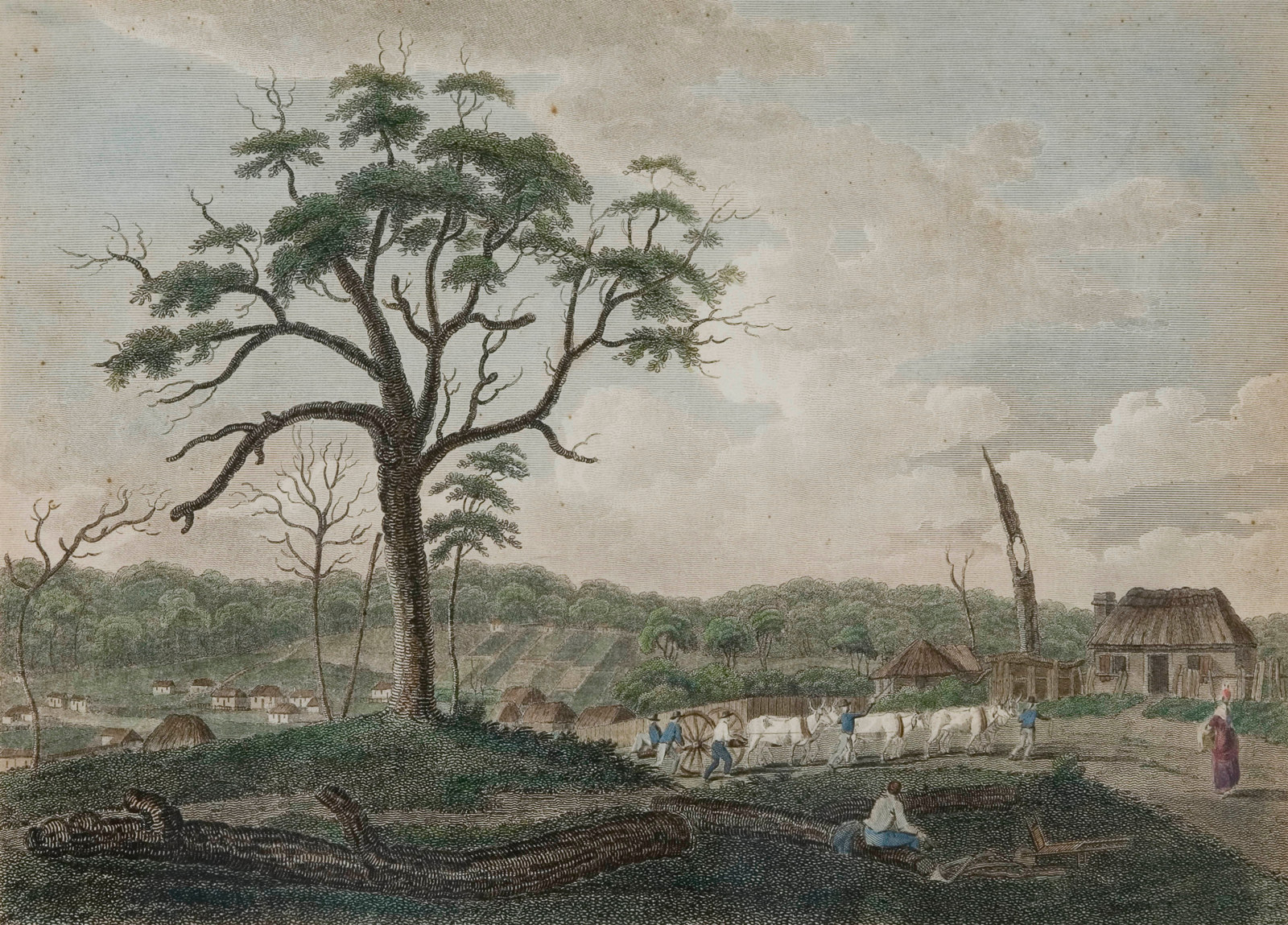
Convict Sydney
The Convicts’ Colony
Part one starts in 1788 with Sydney established as a British convict colony on the clan lands of the Gadigal people
Part 2: 1815–1822
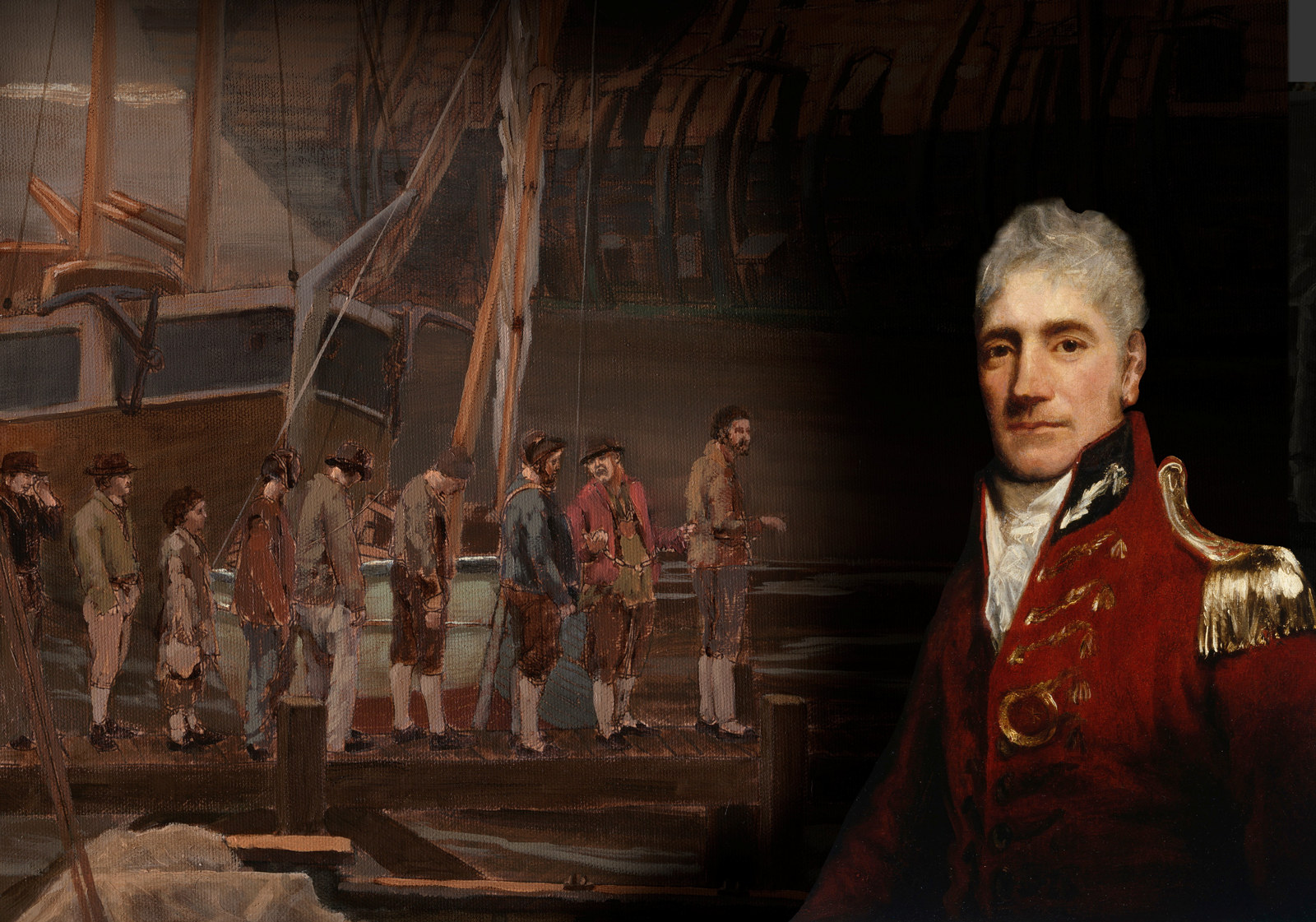
Convict Sydney
For the civic good
With the Napoleonic Wars over in 1815 and Britain crowded with returned soldiers, poverty and crime, part two finds the colony swamped with incoming convicts
Part 3: 1822–1826
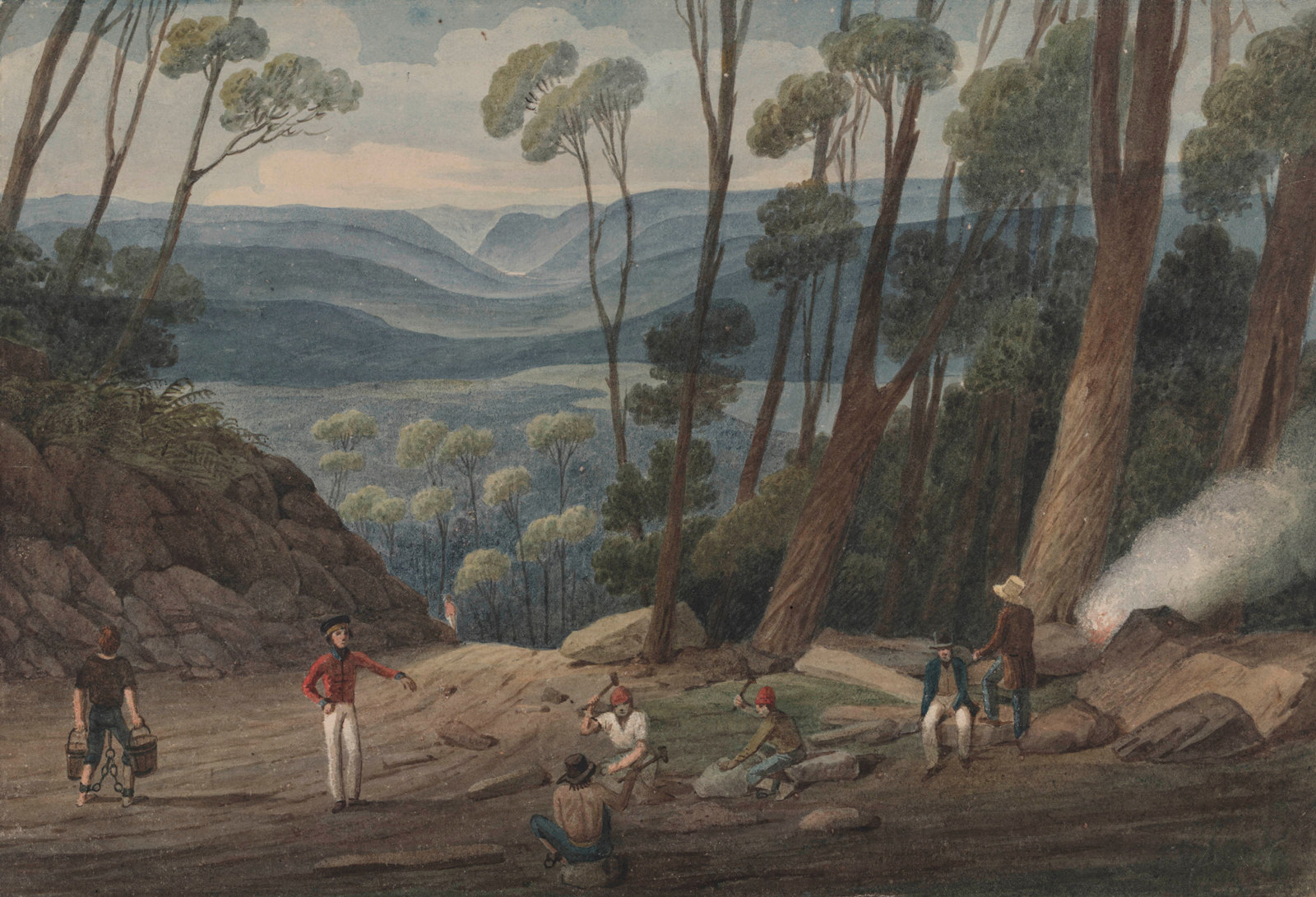
Convict Sydney
Back to business
From 1822, with the British government keen to cut costs and encourage pastoral expansion, part three sees the removal of convicts from town
Part 4: 1826–1837
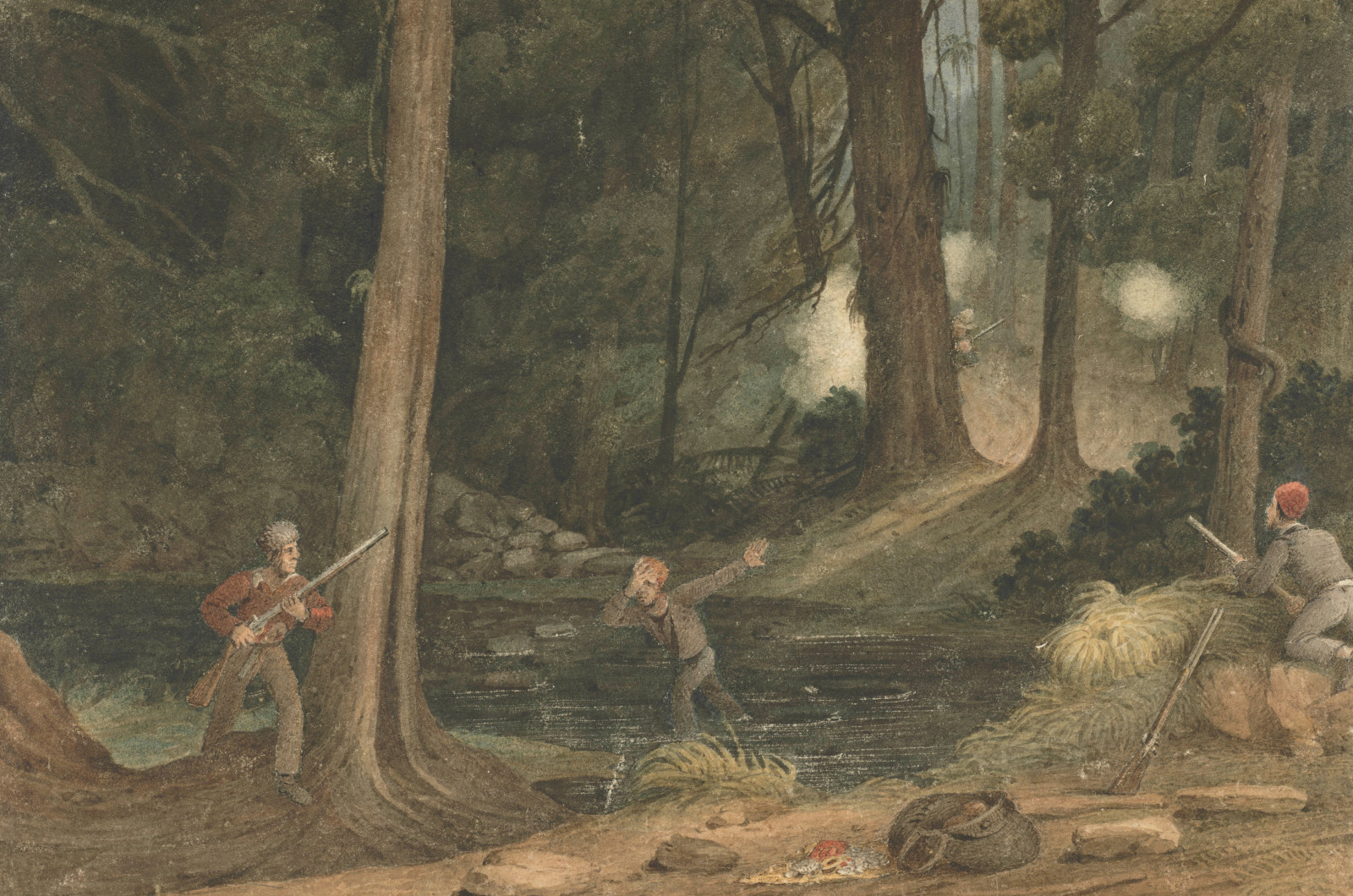
Convict Sydney
A world of pain
The combined aims of the assignment system, from 1826 onwards, were to equip farmers with cheap convict labour, to disperse convicts away from towns (and other convicts) and to keep an eye on each worker’s whereabouts and treatment
Part 5: 1837–1848
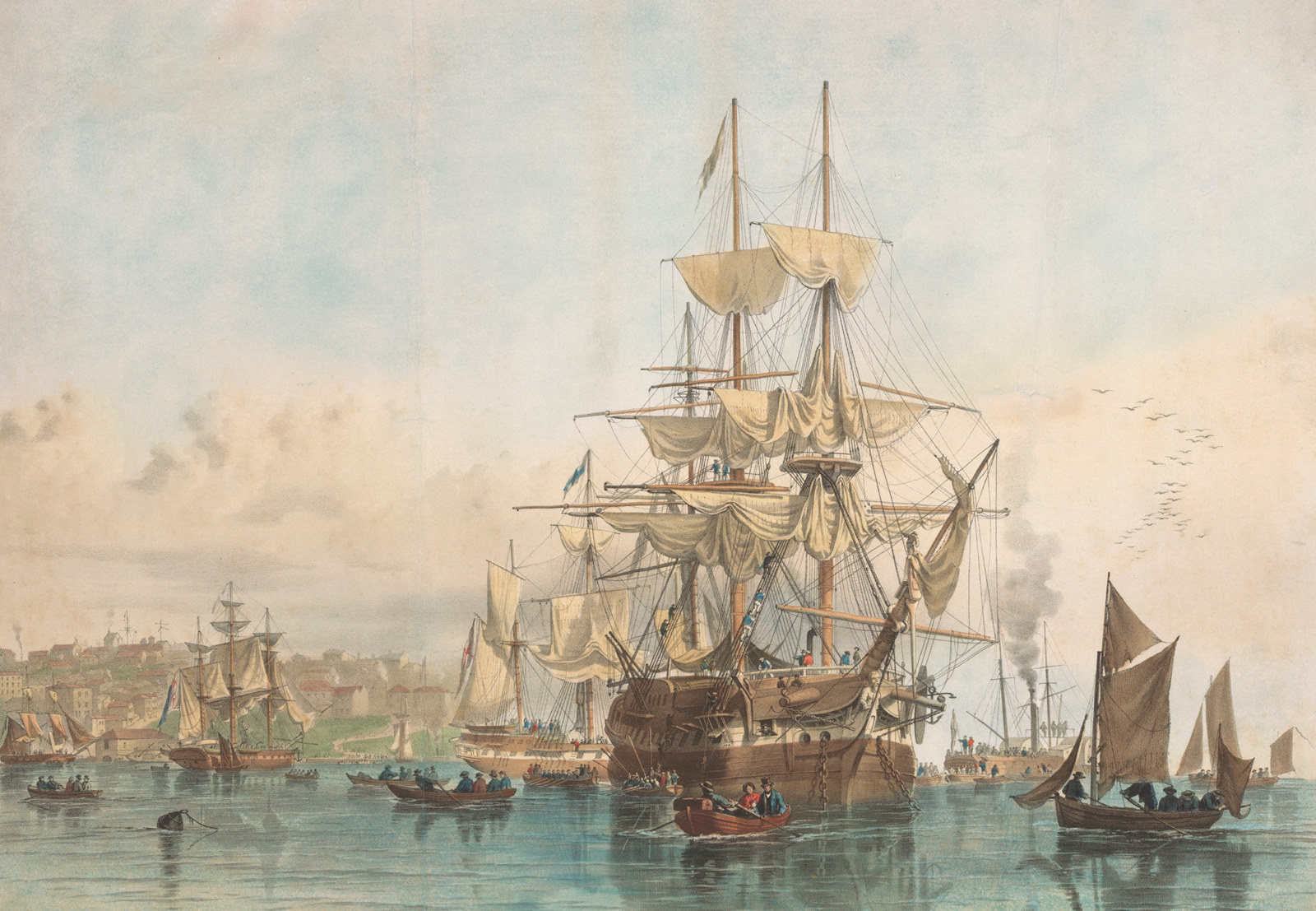
Convict Sydney
The turning tide
During these final years of convicts at the Hyde Park Barracks, the newly designated city of Sydney gained its first outlying suburbs and industrial zones
Published on
A day in the life of a convict
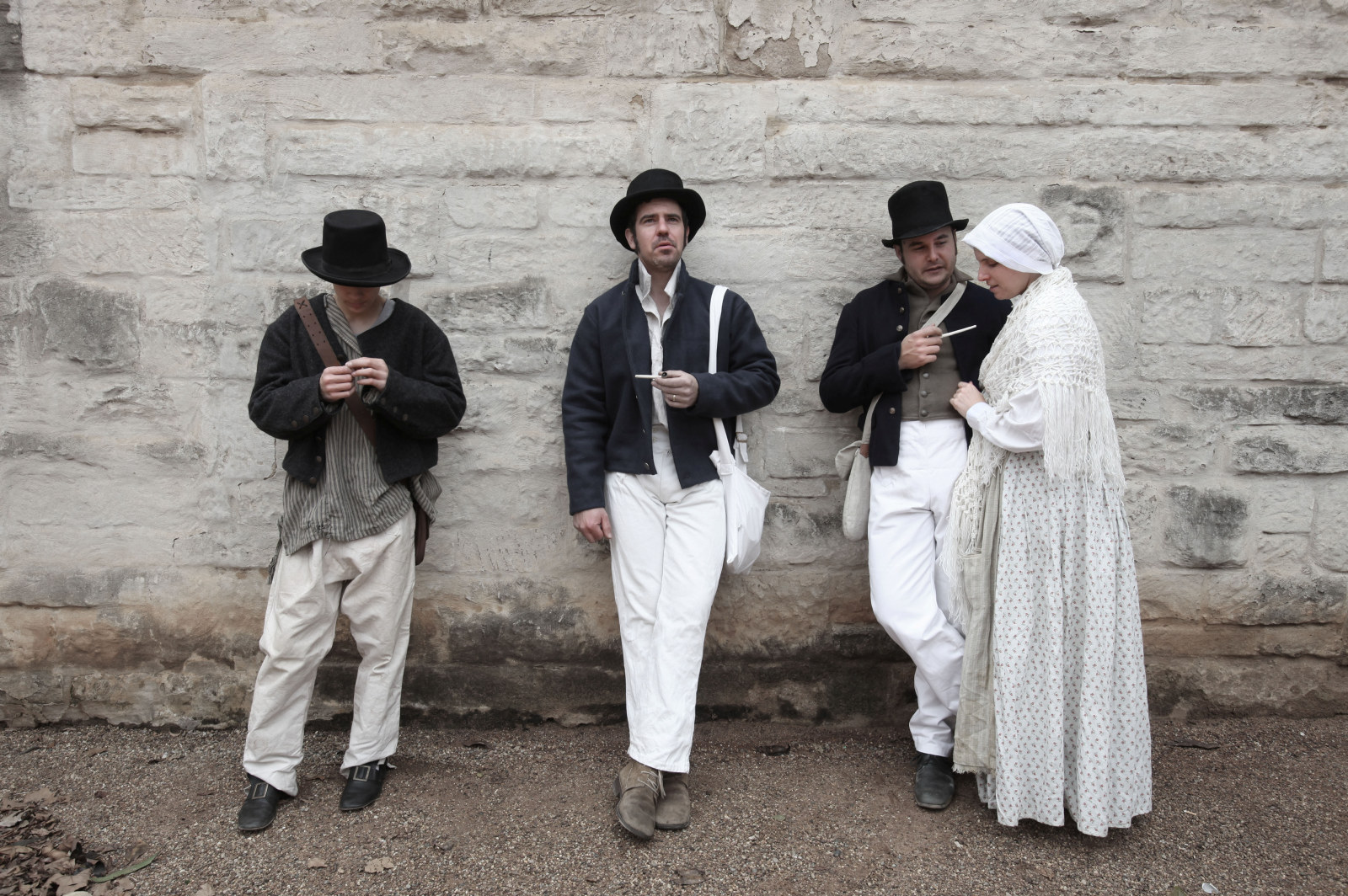
Convict Sydney
1801 - Day in the life of a convict
In the young colony, there was no prisoner’s barrack - the bush and sea were the walls of the convicts’ prison
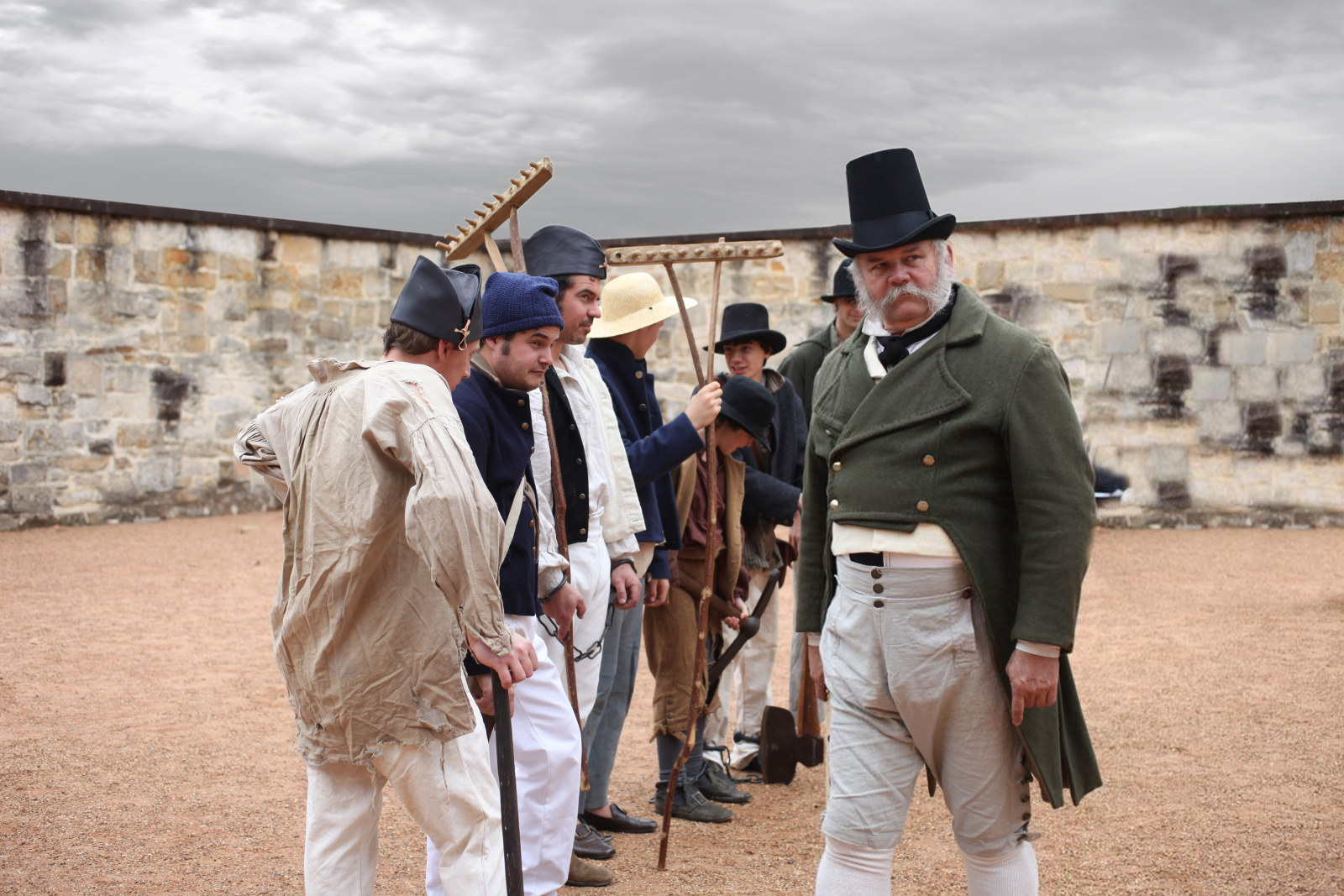
Convict Sydney
1820 - Day in the life of a convict
By 1820 the days of relative freedom for convicts in Sydney were over
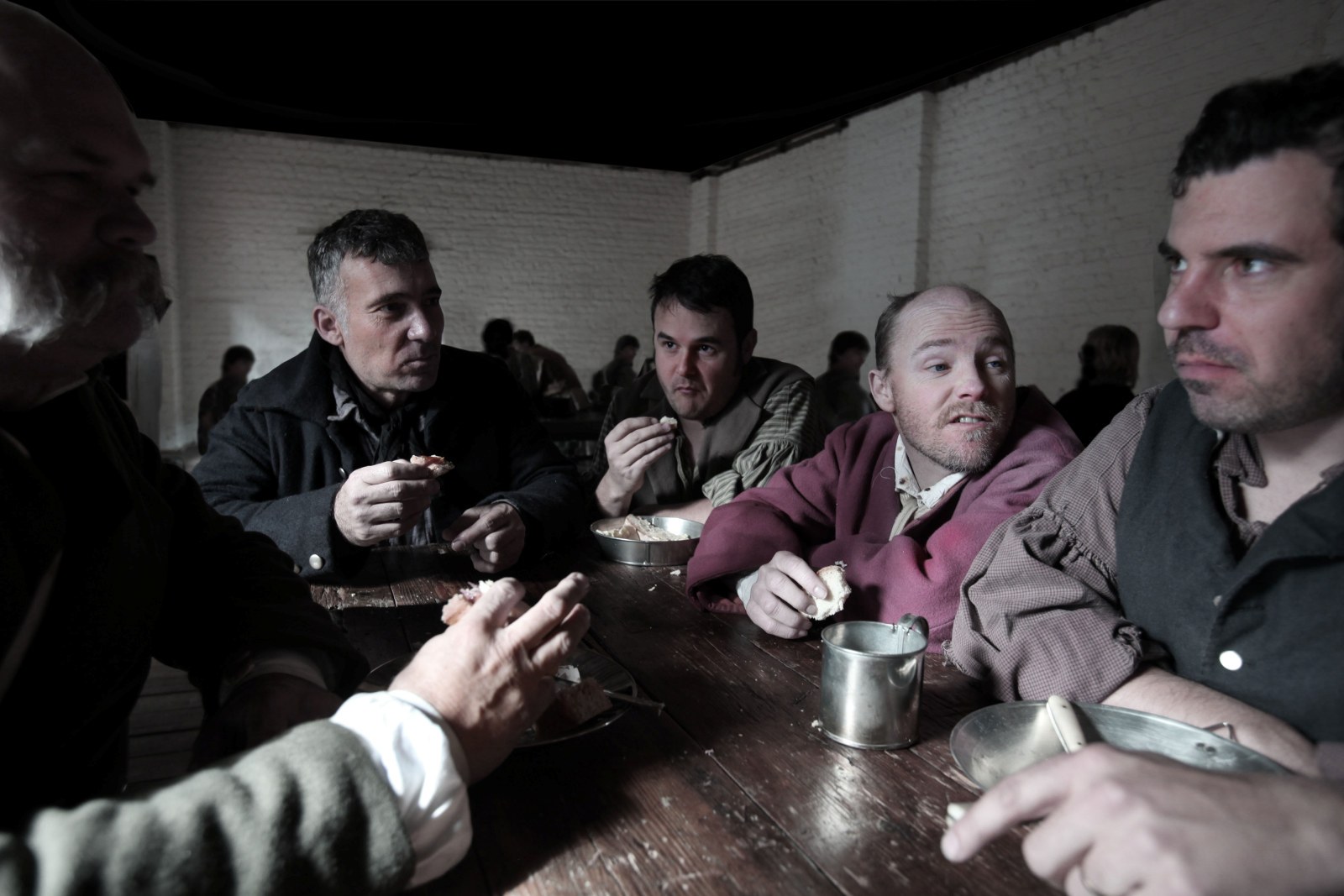
Convict Sydney
1826 - Day in the life of a convict
The hot Sydney summer of 1826 ended with almost 1,000 convicts living at the overcrowded Barracks
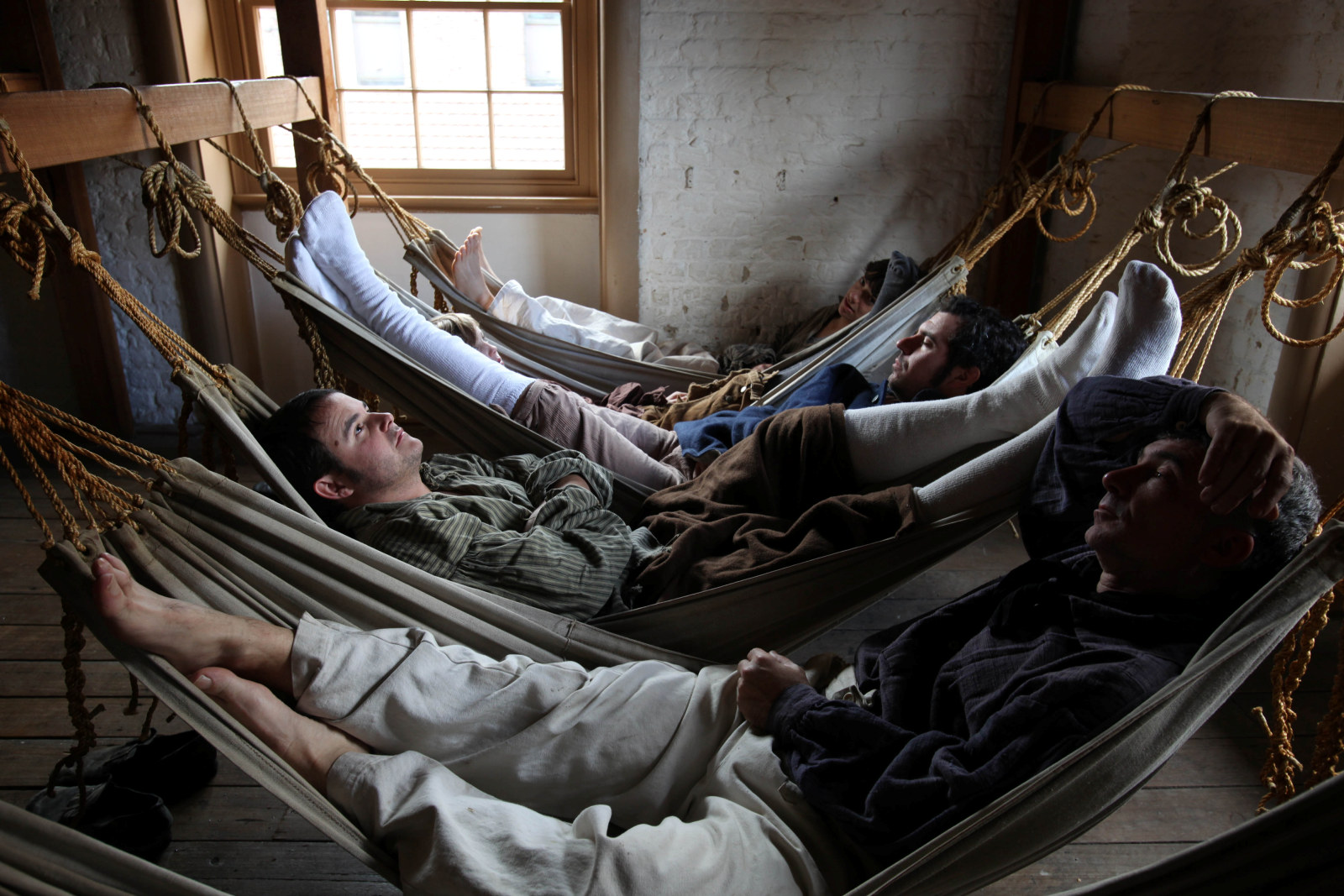
Convict Sydney
1836 - Day in the life of a convict
By 1836, two-thirds of the convicts in the colony were out working for private masters, and government convicts made up only a small group
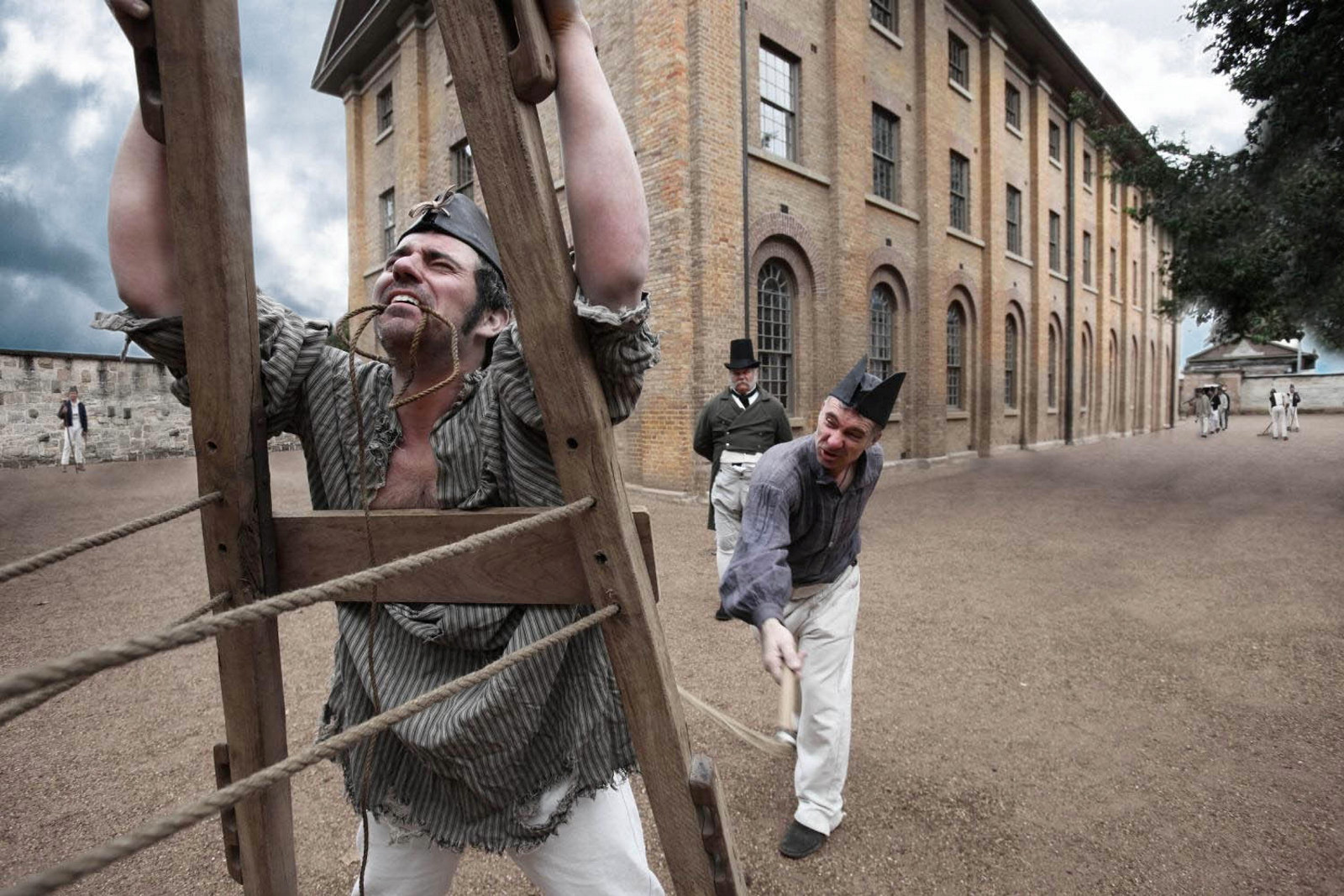
Convict Sydney
1844 - Day in the life of a convict
Fraying at the edges, these were the Barracks’ darkest days with only the worst convicts remaining
Related

First Fleet Ships
First Fleet Ships
At the time of the First Fleet’s voyage there were some 12,000 British commercial and naval ships plying the world’s oceans
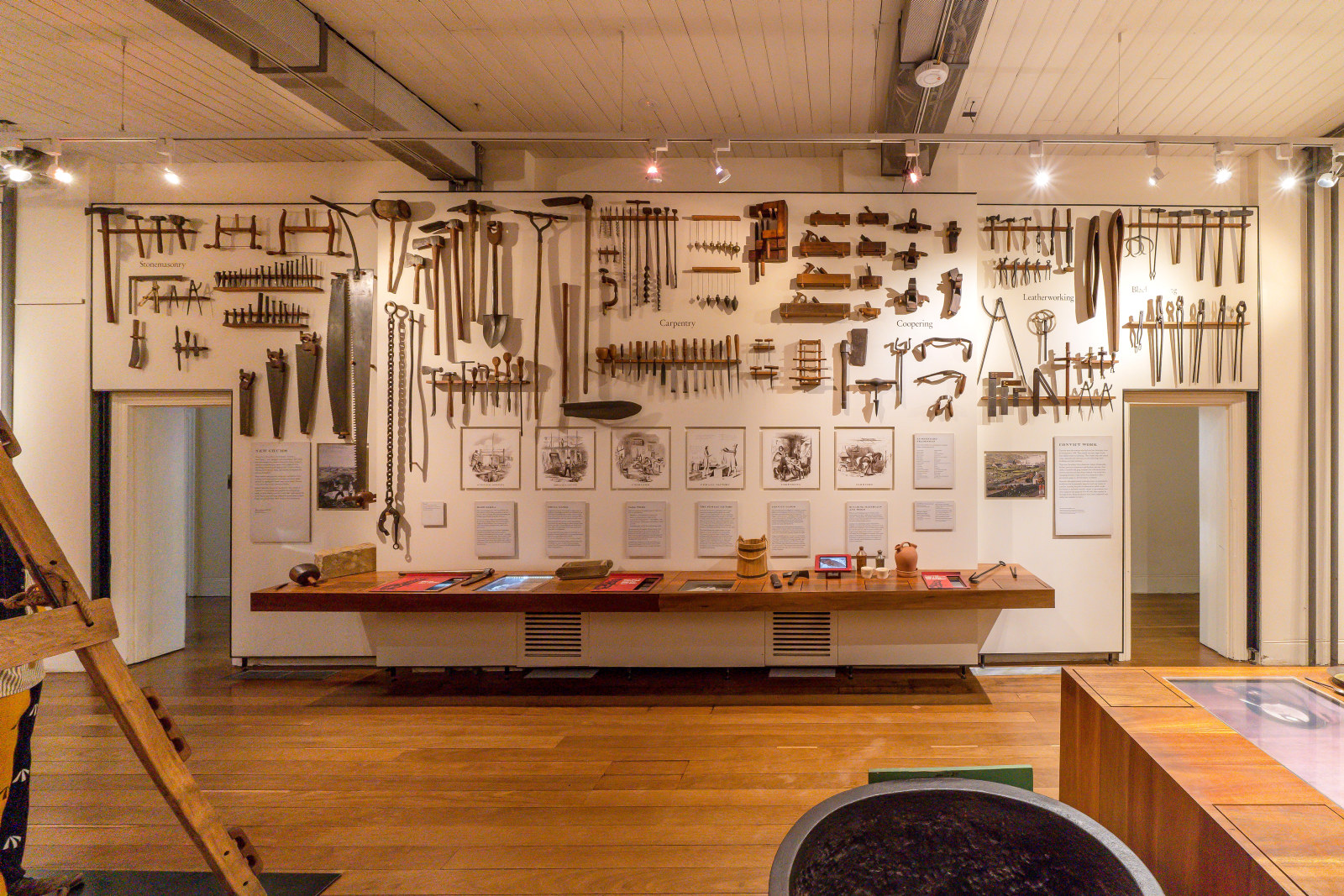
Convict Sydney
Objects
These convict-era objects and archaeological artefacts found at the Hyde Park Barracks and The Mint (Rum Hospital) are among the rarest and most personal artefacts to have survived from Australia’s early convict period





